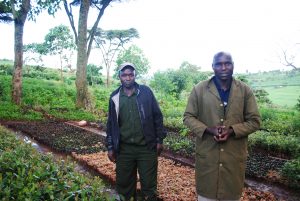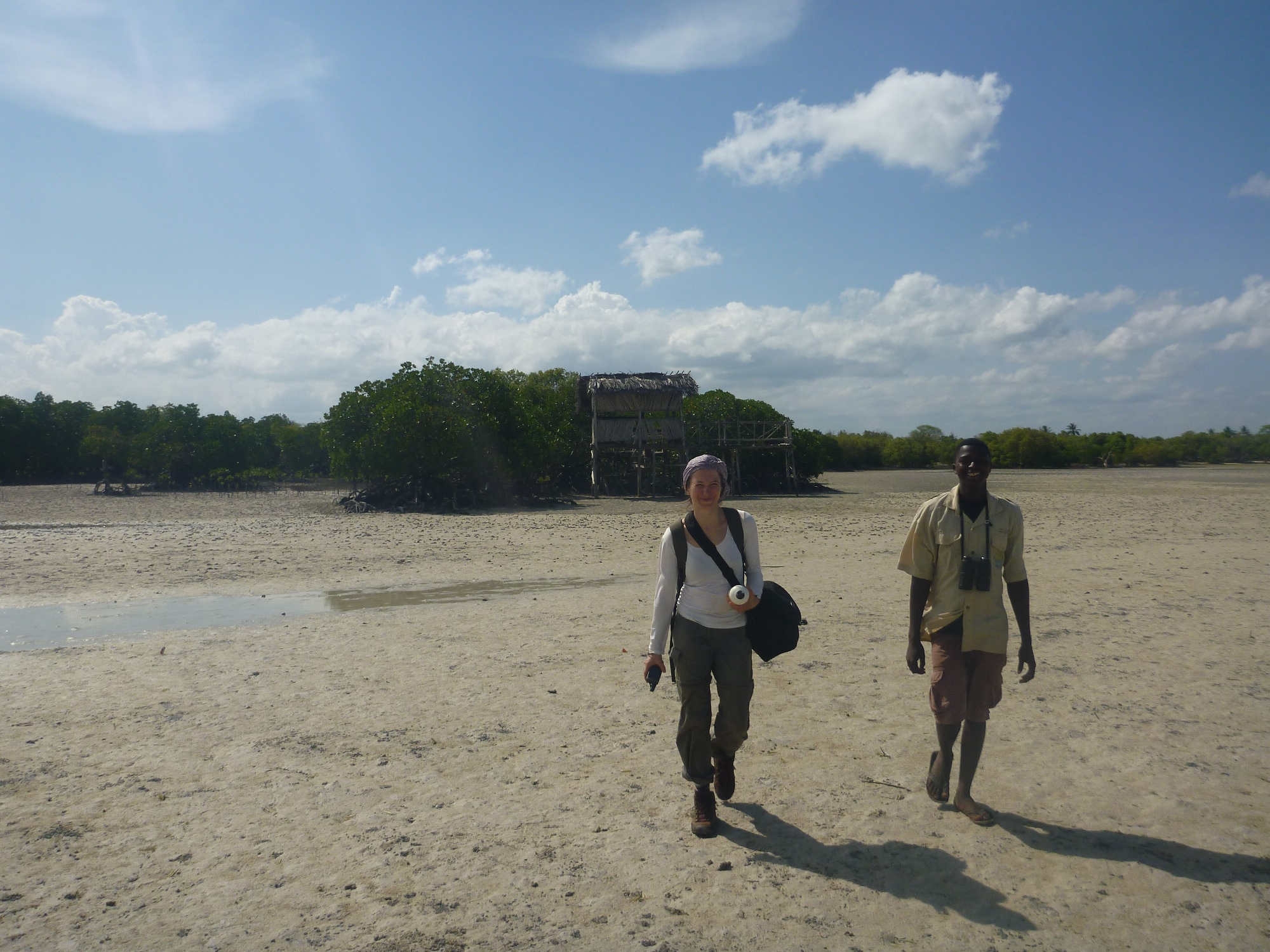How can we use the science we do to work with communities and other stakeholders manage landscapes for both wildlife and people?
This requires using tools and methods from social, biodiversity , remtoe sensing, and ecological sciences. Given the complexity of the data and linkages between drivers (indrect and direct ones) and patterns, we are using system models (e.g. structural equation models, Bayesian Belief Networks).
See below for some examples of what we do. And in this webpage, we provide an overview on the framework of coupled human and natural systems with case studies presented by different speakers / experts from around the world.


We have a long-term commitment to the Udzungwa Mountains – Kilombero Valley landscape in Tanzania. Working with local partner Dr Deo Shirima from Sokoine University of Agriculture and the NGO Reforest Africa, we are trialling forest restoration efforts and techniques validating their success in achieving conservation effect. Our project on roads through rainforests is a pilot with the long-term strategy to develop a pathway for guiding sustainable transport network growth. We have estabished in-country partnerships with Prof Ulmar Grafe and Prof Ferry Slik from Universiti Brunei Darussalam. We are working with Prof Bunnefeld from the University of Stirling to trial game approaches to conservation in the Ruaha landscape, Tanzania.
Active Projects: (1) Forest Restoration and Climate Experiment (FORCE). Link. (2) Roads and mammals. Link. (3) Carnivore:human conflict. Link.
